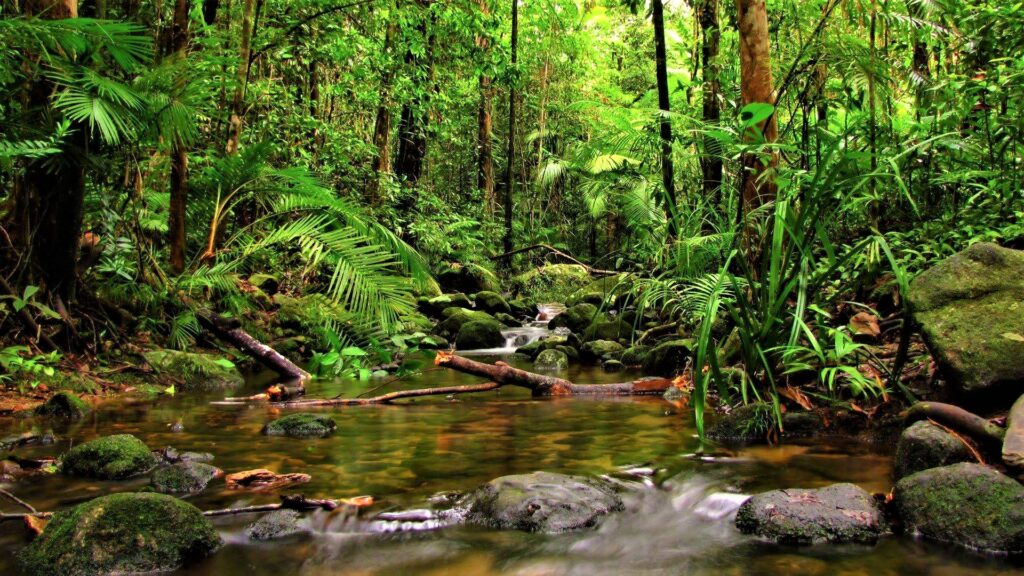Ministry of Wildlife and Forest Resources Conservation
Forest Department was started as the Office of the Conservator of Forests in 1887 denoting the commencement of forest conservation and scientific forestry in Sri Lanka. The first Forest Ordinance of Sri Lanka was passed in 1885. On 25th June 1887, British official, R. Thompson, a technical man from the British Indian Forest Service took charge of Forestry Activities as the first Conservator of Forests of Ceylon. Mr. Thompson was a senior Forester with wide tropical experience and at the start his role was that of an adviser to the Government Agents. Creation of this post was a succeeding of the efforts of F.D.A. Vincent of the Indian Forest Service who was commissioned to provide recommendations on forestry in Ceylon.

Joseph Hooker, head of the Kew Gardens, Dr. Thwaites, Superintendent of the Botanical Garden at Peradeniya and Governor Gregory (1872-77) also contributed to that. According to available records in the Blue Book of 1881, the forest cover of Ceylon was 84 % of the land area of the country at that time. Sole administration of the forests was under the Conservator of Forests only from 1899 with the creation of the Forest Department. The island was divided in to the six forestry working circles.
Both forest and wildlife management was carried out by the Forest Department until the establishment of Department of Wildlife Conservation in 1949. Today about 55% of the forest lands of the country falls under the purview of the Forest Department while the balance forest area is primarily managed by the Department of Wildlife Conservation with an exception of very small extents of isolated forest patches under the purview of other state agencies and private ownership. Forest Department also manages ninety thousand hectares of forest plantations
Vision
“Sustainable management of national forest and tree resources to meet the increasing requirement of timber and forest produce and to provide environmental services for the wellbeing of people and of the national economy”
Mission
“To conserve and develop national forest resources to ensure the prosperity of the nation”
Main Objectives of the National Forest Policy Series (1995)
Role of the Forest Department.
More than 64% of the highly ecologically important natural forest ecosystems, which constitute about 29.2% of the total land area of Sri Lanka, are administered by the Department of Forest Conservation. These forests are adversely affected by various human activities and natural phenomena. Above forests provide important environmental, social, economic and cultural services and also play an important role in controlling climate change, a major global issue currently experiencing. Therefore, there is a great responsibility for the scientific conservation, management and development of the resource which is currently receiving intense attention globally and nationally.
The role of the Forest Department in fulfilling the above mission is as follows.
| Cookie | Duration | Description |
|---|---|---|
| cookielawinfo-checkbox-analytics | 11 months | This cookie is set by GDPR Cookie Consent plugin. The cookie is used to store the user consent for the cookies in the category "Analytics". |
| cookielawinfo-checkbox-functional | 11 months | The cookie is set by GDPR cookie consent to record the user consent for the cookies in the category "Functional". |
| cookielawinfo-checkbox-necessary | 11 months | This cookie is set by GDPR Cookie Consent plugin. The cookies is used to store the user consent for the cookies in the category "Necessary". |
| cookielawinfo-checkbox-others | 11 months | This cookie is set by GDPR Cookie Consent plugin. The cookie is used to store the user consent for the cookies in the category "Other. |
| cookielawinfo-checkbox-performance | 11 months | This cookie is set by GDPR Cookie Consent plugin. The cookie is used to store the user consent for the cookies in the category "Performance". |
| viewed_cookie_policy | 11 months | The cookie is set by the GDPR Cookie Consent plugin and is used to store whether or not user has consented to the use of cookies. It does not store any personal data. |